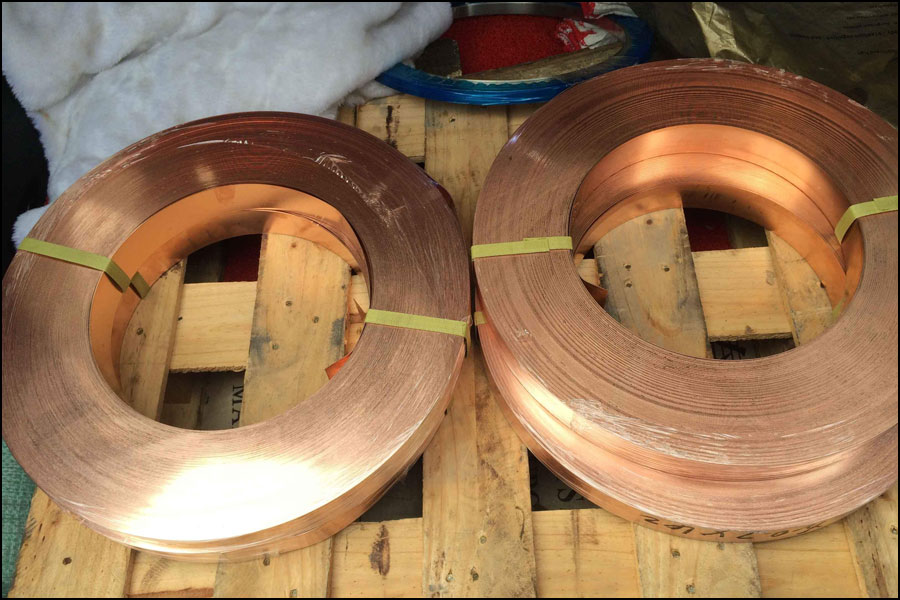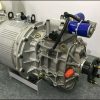
Beryllium copper will rust! The rust of beryllium copper is generally divided into two cases: oxidation discoloration and severe corrosion of patina! Copper is easily oxidized due to the unsteady state of the number of electrons in the outermost layer of beryllium copper atoms, and the formation of copper oxide is discolored or even black! If it is wet, it will further corrode patina! Therefore, beryllium copper alloys generally require beryllium copper passivation treatment after they are produced to prevent the occurrence of undesirable phenomena such as oxidation and rust on the surface of copper parts.
High-performance beryllium copper mainly surrounds the various working conditions used in non-ferrous metal low-pressure, gravity forging molds. After in-depth research on the failure factors of beryllium bronze mold materials, the composition and the connotation of metal liquid corrosion resistance, the beryllium copper manufacturers have developed high conductivity (thermal) The high-performance beryllium bronze mold data combined with high performance, high strength, abrasion resistance, high temperature resistance, high toughness, and corrosion resistance of molten metal solves the problems of domestic non-ferrous metal low pressure, easy cracking and easy wear of gravity forging molds, and significantly improves It improves the mold life and casting strength; overcomes the corrosion of the metal slag; improves the surface quality of the casting; reduces the production cost; and makes the mold life close to the imported level.
The hardness of the high-performance beryllium bronze mold material is between (HRC) 38-43, the density is 8.3g/cm3, the main element is beryllium, and the content of beryllium is 1.9%-2.15%. It is widely used in the inner inserts of plastic injection molding molds. Mold core, die-casting punch, hot runner cooling system, heat conduction nozzle, integral cavity of blow mold, automobile mold, wear plate, etc.
High beryllium copper has the characteristics of high strength, high hardness, high conductivity, high elasticity, wear resistance, fatigue resistance, corrosion resistance and low elastic hysteresis. It is mainly used for temperature controllers, mobile phone batteries, computers, auto parts, micro Motors, brush needles, bearings, glasses, touch parts, gears, punches, various non-spark switches, various welding electrodes and fine forging molds, etc.






